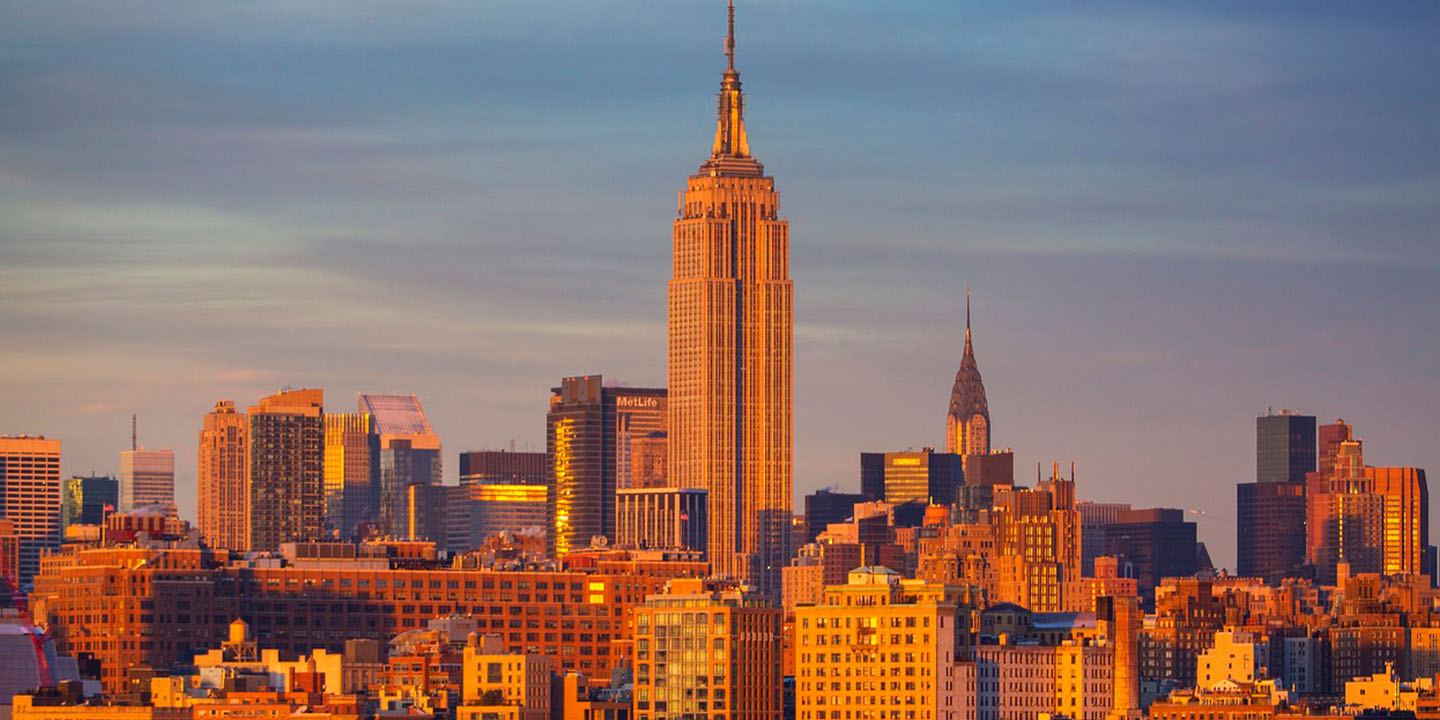10 American Cities With Terrible Public Transit & 10 With Amazing Systems
USA's Transit Report Card Revealed
Public transportation systems in the U.S. range from world-class to woefully inadequate. Some cities have invested in efficient, expansive networks, while others lag with sparse routes and unreliable service. If you’re traveling or planning to relocate, it’s important to know which cities will make commuting smooth for you and which will be a headache. Let’s start with 10 cities often described as commuters' worst nightmares.
1. Birmingham, Alabama
Public transit in Birmingham is notoriously limited. The MAX bus system covers only a fraction of the metropolitan area, with infrequent service and minimal weekend routes. Many neighborhoods have no direct access to buses at all. This makes car ownership a necessity.
2. Charlotte, North Carolina
Charlotte’s light rail system, the LYNX Blue Line, shows promise, but the city’s overall transit network still falls short. Bus routes are inconsistent and often require multiple transfers. Plus, areas beyond the city center, including fast-growing suburbs, remain underconnected despite population increases.
3. Fresno, California
This city's public transportation lags behind that of other California cities. The FAX bus system suffers from long wait times and sparse evening service. Residents in outlying districts often find the nearest stop to be miles away, making timely travel nearly impossible without a car.
4. Nashville, Tennessee
Even with explosive population growth, Nashville's WeGo Public Transit is underdeveloped. It operates mostly buses, with no rail and minimal suburban connections. Major concert and sports venues are poorly served, resulting in traffic congestion and a heavy reliance on ridesharing services after events.
5. Oklahoma City, Oklahoma
OKC’s sprawling layout and limited transit coverage make commuting by bus inefficient. Embark, the city’s bus system, operates on reduced frequency and lacks late-night service. The city’s large employment hubs, like Tinker Air Force Base and downtown hospitals, are difficult to reach without a car.
6. Jacksonville, Florida
Jacksonville ranks among the worst for transit accessibility despite being the largest city (by area) in the contiguous United States. The Jacksonville Transportation Authority has limited coverage and lacks a comprehensive rail system. Moreover, long commute times and minimal connections to major job centers frustrate daily riders.
7. Indianapolis, Indiana
Transit options in Indianapolis are strikingly limited for a city of its size. IndyGo buses are often delayed and can be difficult to find on weekends and evenings. The city's bus rapid transit expansion has faced funding gaps, with the Purple Line only partially operational as of 2024.
8. San Antonio, Texas
While San Antonio is one of the nation’s largest cities, VIA Metropolitan Transit still relies solely on buses. There are no rail or BRT alternatives. Coverage is thin in newer neighborhoods, and high summer temperatures make long walks to stops especially impractical. Upgrades just keep getting stalled.
 Renegomezphotography on Wikimedia
Renegomezphotography on Wikimedia
9. Tampa, Florida
Tampa’s transit system struggles to meet modern demand. The HART bus network is infrequent and fails to serve many residential zones effectively. Although a downtown streetcar exists, it’s mostly a tourist novelty with limited hours and very little usefulness for daily commuters.
10. Louisville, Kentucky
Louisville depends heavily on a basic bus system that hasn't kept up with the city's growth. TARC’s routes are infrequent, and reliability issues are also common. On top of that, there is no regional connectivity, which leaves surrounding counties with little to no viable public transit options.
 Ken Lund from Reno, Nevada, USA on Wikimedia
Ken Lund from Reno, Nevada, USA on Wikimedia
While these American cities continue to disappoint commuters, others have made public transit a pillar of urban planning. The next 10 cities show that dependable, well-designed transit is possible, even in big cities.
1. New York City, New York
No other American city rivals New York’s sheer transit scale. Staten Island, for example, has buses and the Staten Island Railway—with 24/7 service and seamless transfers. Regional rail, like the LIRR and Metro-North, further extends its commuter reach beyond city limits.
 Metropolitan Transportation Authority of the State of New York on Wikimedia
Metropolitan Transportation Authority of the State of New York on Wikimedia
2. San Francisco, California
Layered and efficient, San Francisco’s system includes Muni buses, streetcars, and light rail alongside the BART regional network. Transit-priority lanes, real-time tracking, and compact geography work in the city's favor. Though the cable cars draw tourists, it’s Muni and BART that locals rely on daily.
3. Washington, D.C.
WMATA’s Metro system offers one of the cleanest, most navigable transit experiences in the country. Trains connect the capital with Northern Virginia and Maryland suburbs, while Metrobus and Circulator services handle local routes. Moreover, extensive park-and-ride lots make it especially effective for daily commuters.
4. Boston, Massachusetts
Transit has deep roots in Boston, home to the nation’s first subway. The “T” includes subway, commuter rail, ferry, and bus routes that cover the greater metro area. Neighborhoods often have stops within easy walking distance. Additionally, major investments have improved overall reliability.
5. Seattle, Washington
What was once a car-dependent city has evolved into a transit standout. Seattle’s Link light rail, RapidRide lines, and frequent Metro buses form a reliable system. Its ORCA card makes multi-modal trips seamless across transit agencies throughout the Puget Sound region.
 Seattle City Council from Seattle on Wikimedia
Seattle City Council from Seattle on Wikimedia
6. Philadelphia, Pennsylvania
Home to SEPTA, Philadelphia operates one of the most versatile transit networks in the country. Subways, trolleys, regional rail, and over 100 bus routes serve both the city and the suburbs. Key hubs like 30th Street Station connect local lines with Amtrak’s Northeast Corridor service.
7. Chicago, Illinois
With its iconic “L” trains, Chicago’s CTA system provides elevated and subway routes across the city. Extensive bus coverage complements the rail lines, especially during off-peak hours. Connections to the Metra commuter rail system provide seamless access from distant suburbs into the urban core.
 vxla from Chicago, US on Wikimedia
vxla from Chicago, US on Wikimedia
8. Portland, Oregon
Portland has built a reputation for eco-conscious transit planning. TriMet’s MAX light rail, buses, and Portland Streetcar ensure coverage across the metro area. Plus, a flat fare system and strong bike-to-transit integration make daily commuting accessible, even in outer neighborhoods like Gresham and Beaverton.
 Tony Webster from Portland, Oregon on Wikimedia
Tony Webster from Portland, Oregon on Wikimedia
9. Minneapolis–St. Paul, Minnesota
The Twin Cities have an efficient and growing transit system centered on Metro Transit’s buses and light rail. The Blue and Green Lines link downtown Minneapolis and St. Paul, with airport and stadium stops en route. Bus rapid transit and new extensions are also expanding reach.
10. Denver, Colorado
Transit in Denver pleases commuters with RTD’s light rail and bus networks, even though it prioritizes rail over high-demand bus corridors. Frequent service links downtown to tech corridors, suburbs, and the airport. Recent expansions, including the A Line to DIA, have transformed the system into a commuter-friendly asset.






















